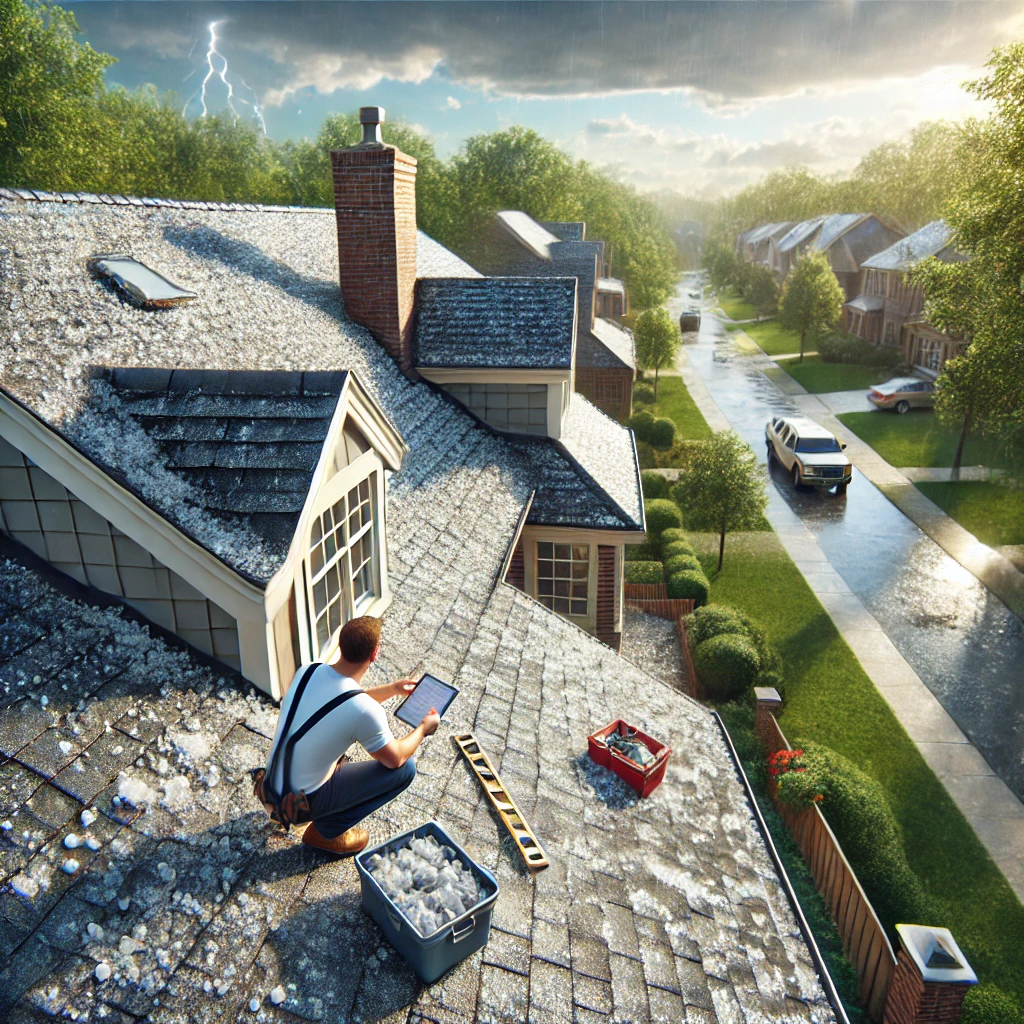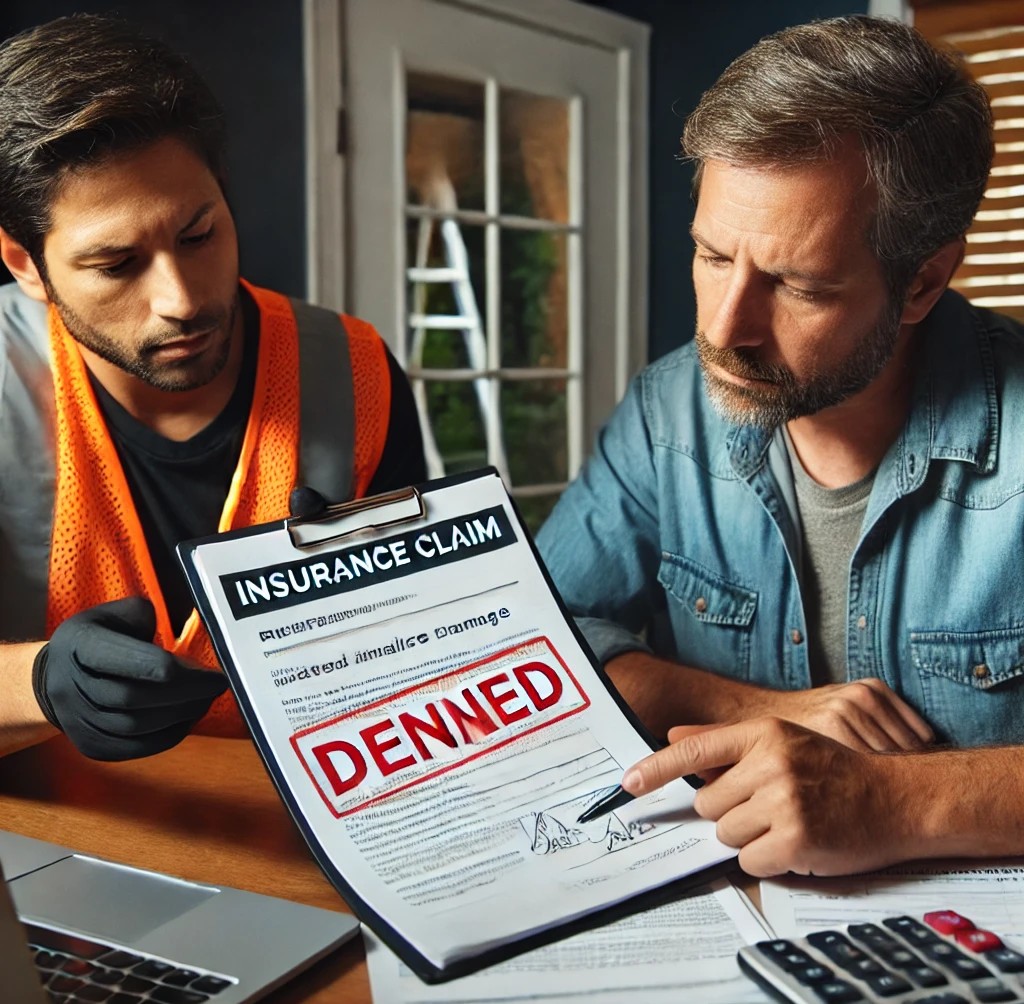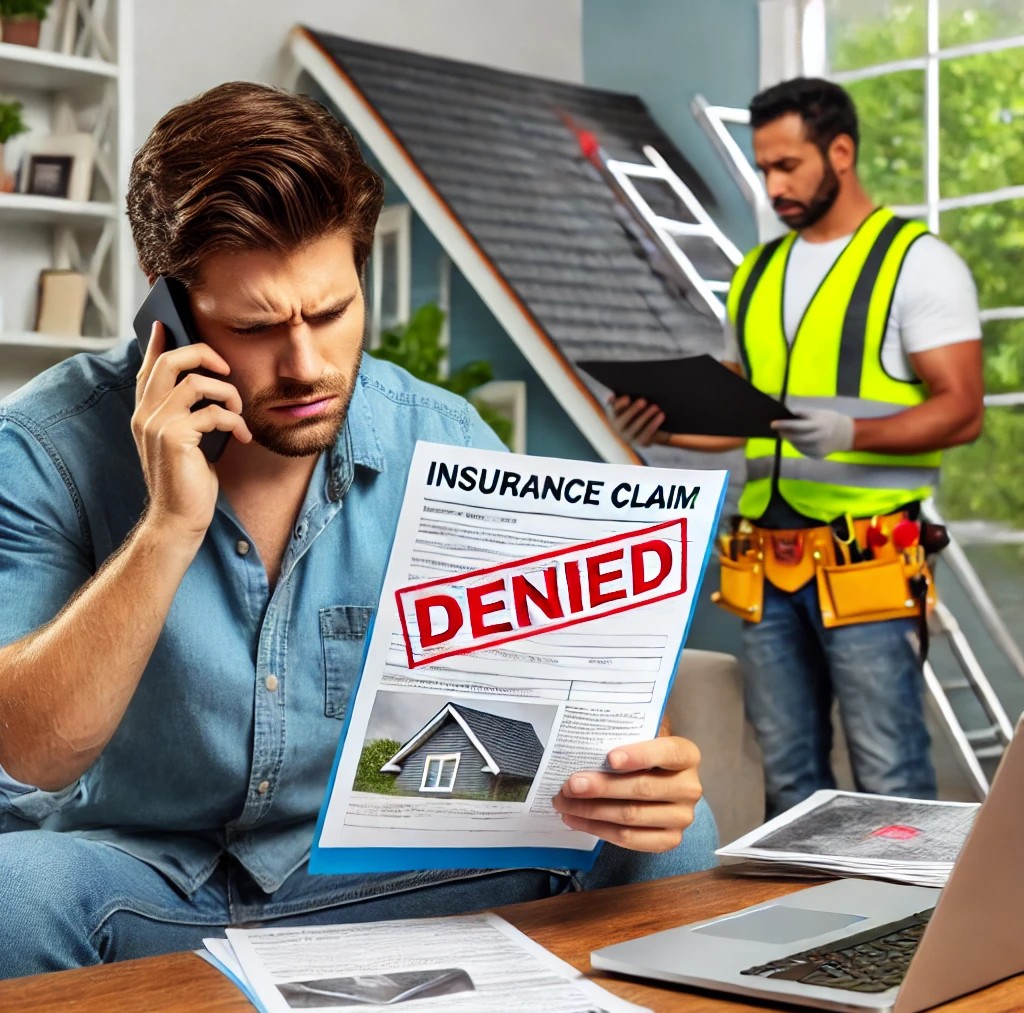Introduction
Filing a hail damage roof insurance claim should be straightforward, but insurance companies often deny claims for various reasons. Understanding why your hail damage roof insurance claim denial may occur and how to fight back can make all the difference in getting the compensation you deserve. This guide explores the most common reasons for claim denials and the steps you can take to challenge them effectively.
1. Lack of Sufficient Documentation
One of the most common reasons for a hail damage roof insurance claim denial is insufficient evidence of hail damage. Insurance companies require detailed documentation to process claims.
How to Fight Back:
- Take clear photos and videos of the damage immediately after the storm.
- Keep weather reports to prove that hail occurred in your area.
- Obtain an inspection report from a certified roofing contractor.
2. Pre-Existing Damage or Wear and Tear

Insurers often claim that the damage existed before the hailstorm or that your roof was already deteriorating due to age, leading to a possible hail damage roof insurance claim denial.
How to Fight Back:
- Provide before-and-after photos if available.
- Get a professional roofing assessment from an independent contractor.
- Request a second opinion if the adjuster dismisses your claim unfairly.
3. Failure to File the Claim on Time
Many policies have strict time limits for filing a hail damage roof insurance claim. Missing the deadline can result in automatic denial of your hail damage roof insurance claim.
How to Fight Back:
- Check your policy for the claim filing deadline.
- Submit your claim as soon as possible after the storm.
- Keep records of all communication with your insurance company.
4. Insufficient Damage to Qualify for Coverage
Insurance companies sometimes argue that the damage is cosmetic and does not affect the roof’s functionality, resulting in a hail damage roof insurance claim denial.
How to Fight Back:
- Request a detailed inspection from a trusted roofing contractor.
- Highlight potential long-term damage risks, such as leaks and structural issues.
- Appeal the decision with additional evidence.
5. Discrepancies Between Adjuster and Contractor Estimates
Insurance adjusters may provide a lower repair estimate than what your contractor has quoted, leading to claim disputes and potential hail damage roof insurance claim denial.
How to Fight Back:
- Compare both estimates and identify discrepancies.
- Ask your contractor to provide a detailed repair scope.
- Consider hiring a public adjuster to negotiate on your behalf.
6. Exclusions in Your Policy

Some homeowners’ insurance policies have exclusions for hail damage, especially if you live in high-risk areas. This can lead to a claim denial.
How to Fight Back:
- Review your policy carefully to understand coverage limitations.
- If hail damage is excluded, consider adding endorsements to your policy.
- Work with a public adjuster to challenge unfair exclusions.
How to Appeal a Denied Claim
If your claim is denied, you still have options to address a claim denial.
- Request a written explanation for the denial.
- Gather additional evidence, such as contractor reports and weather data.
- Submit an appeal with all supporting documentation.
- Hire a public adjuster or legal expert if necessary.
- File a complaint with your state’s insurance department if the denial is unjust.

